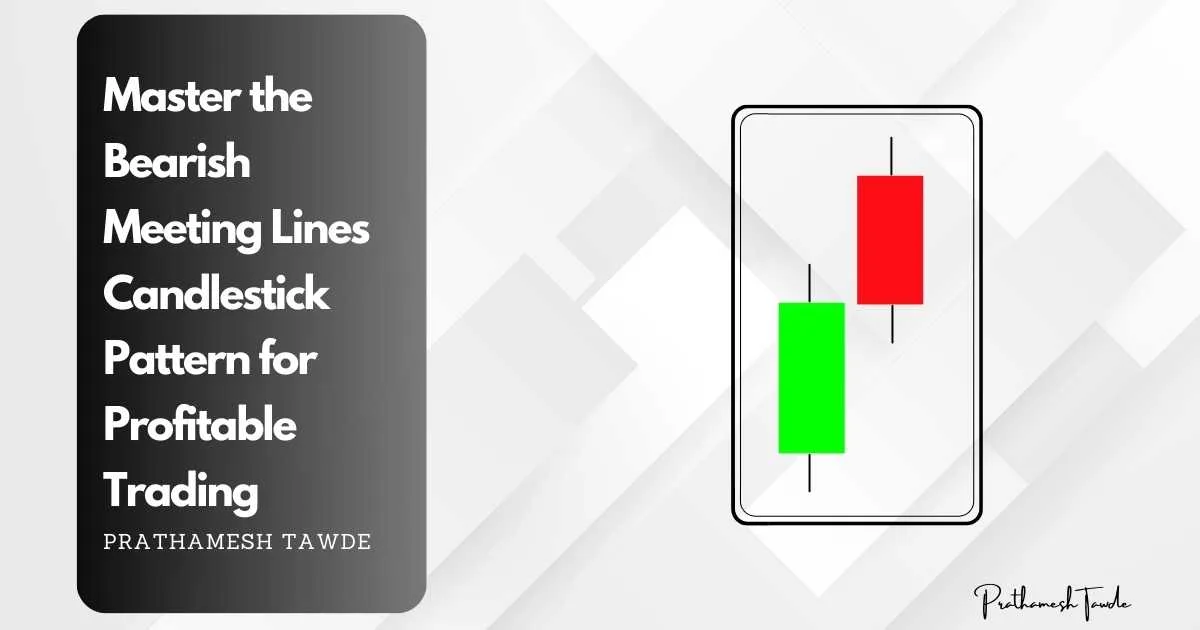Pennant Pattern Secrets: 5 Proven Techniques
- Prathamesh Tawde
- December 16, 2023
Introduction
Understanding the Basics of Pennant Patterns
Pennant patterns are a vital tool in the arsenal of technical analysts and traders. They are regarded as reliable indicators of potential price movements in the financial markets. Knowing how to spot and read these patterns can give traders valuable insights. They can learn about market trends and possible trades.
Why Pennant Patterns Matter in Trading
In fast trading, knowing technical analysis can be the difference between success and failure. Pennant patterns offer traders a systematic way to analyze price movements. They help traders make informed decisions and profit from market opportunities.
What is a Pennant Pattern?
Defining the Pennant Pattern
A pennant pattern is a continuation pattern. It forms after a strong price movement. It is marked by a period of sideways movement. It resembles a small symmetrical triangle, with converging trend lines representing decreasing volatility.
Anatomy of a Pennant
A typical pennant pattern consists of two key components: a flagpole and a pennant. The flagpole comes from the first sharp price movement.The pennant forms as a result of a sequence of lower highs and higher lows. These show a brief pause in the trend.
Types of Pennant Patterns
Bullish Pennant Pattern
A bullish pennant pattern forms after prices rise. It signals a temporary pause in the uptrend before the bullish momentum resumes. It has converging trend lines that slope down. It is typically followed by an upward breakout.
Bearish Pennant Pattern
A bearish pennant pattern occurs after a price drop. It shows a brief pause before the downtrend resumes. It is marked by converging trend lines. They slope upwards and are often followed by a breakdown down.
How to Identify a Pennant Pattern?
Recognizing the formation
To identify a pennant pattern, look at the price action. Recognize the flagpole and pennant formation. Traders look for periods of consolidation. They have decreasing trading volume, indicating a temporary pause in the trend.
Key Indicators to Look For
Key indicators can confirm a pennant pattern. They include falling volatility and trading volume during the consolidation phase. Also, a breakout in the direction of the previous trend.
Importance of Volume in Pennant
Interpreting Volume Changes
Volume plays a crucial role in confirming the validity of a pennant pattern. Trading volume decreased during the consolidation phase. This suggests a lack of interest from market participants. It signals a potential breakout.
Volume Confirmation Signals
Traders often look for a surge in trading volume after a breakout from a pennant pattern. This surge confirms the strength of the new trend. It also validates their trading decisions.
Trading Strategies with Pennant Patterns
Bullish Pennant Trading Strategy
Traders use a bullish pennant strategy. They enter long positions when the price breaks the pennant’s upper trend line. They place a stop-loss below the lower trend line. They aim to capitalize on the continuation of the uptrend.
Bearish Pennant Trading Strategy
Traders using a bearish pennant strategy enter short positions. They do this once the price breaks below the pennant’s lower trend line. They place a stop-loss above the upper trend line. They seek to profit from the continuation of the downtrend.
Factors Affecting Pennant Patterns
Market Volatility
High market volatility can impact the formation and validity of pennant patterns. Traders must adjust their strategies accordingly.
News and Events Impact
Unexpected news or events can disrupt the formation of pennant patterns. They can also ruin trading signals. This shows the importance of staying informed and adapting to changing markets.
Psychological Factors
Fear and greed drive market participants’ decisions. They can influence pennant patterns.
Common Mistakes to Avoid When Trading Pennant Patterns
Overlooking Confirmation Signals
Failing to wait for confirmation signals, like volume confirmation, can cause false breakouts. This leads to losses.
Ignoring Risk Management
Neglecting risk management techniques has risks. These include not setting stop-loss orders and position sizing. They can expose traders to unnecessary risks and endanger their trading capital.
Failing to Adapt to Market Conditions
Rigidly sticking to trading strategies without considering the market can cause missed opportunities. It can also lead to suboptimal trading outcomes.
Case Studies: Real-Life Examples of Pennant
Case Study 1: Bullish Pennant Formation in XYZ Stock
In this case study, we examine a real-life example of a bullish pennant formation in XYZ stock. We’ll highlight the main features and trading chances of the pattern.
Case Study 2: Bearish Pennant Formation in ABC Stock
We also analyze a bearish pennant in ABC stock. We show how traders can use such patterns to make profitable trading decisions.
Pros and Cons of Trading Pennant Patterns
Advantages of Trading Pennant
- Provides clear entry and exit points for trades.
- Offers high probability trading setups with defined risk parameters.
- Can be applied to various financial markets and timeframes.
Limitations and Risks Associated with
- False breakout signals can result in losses if not properly validated.
- Market conditions and volatility can impact the reliability of pennant patterns.
- It takes patience and discipline to wait for confirmation signals. You must also avoid impulsive trading decisions.
Tips for Successful Trading Using Pennant Patterns
Patience and Discipline
Be patient and disciplined when trading pennant patterns. Wait for confirmation signals before entering trades.
Continuous Learning and Adaptation
Stay updated with market developments. Keep refining your trading strategies. Do this based on changing markets and feedback from past trades.
Conclusion
Pennant patterns are strong technical indicators. They can give traders valuable insights into market trends and trading opportunities. By spotting and reading these patterns well, traders can improve their skills. They can make steady profits in the financial markets.
FAQs
A pennant is a continuation pattern in trading. It forms after a strong price movement. It looks like a small, symmetrical triangle. It shows a brief pause in the trend before the prior price movement continues.
A pennant on a price chart has a sharp price movement. It’s followed by a period of consolidation, forming a small triangle. The converging trend lines and decreasing volatility characterize the pattern.
Yes, pennant are considered reliable indicators for predicting price movements. Breakout moves occur in the previous trend’s direction, offering valuable opportunities.
Yes, pennant apply to many markets. These include stocks, forex, commodities, and cryptocurrencies. The principles of technical analysis remain consistent across different markets.
Common trading strategies for pennant include entering trades. This is done after a confirmed breakout from the pattern. Traders usually enter long positions after the price breaks. This is for a bullish pennant. For a bearish pennant, they short after the price breaks below the lower trend line.

I’m Prathamesh Tawde, a leading figure in the dynamic world of financial markets. Born on March 30, 1986, in the vibrant city of Thane, Maharashtra, I’ve nurtured a profound passion for technical analysis and a commitment to guiding individuals toward successful trading journeys. With a mission to empower and educate, I’ve carved a distinct niche as a content creator, educator, and mentor.





